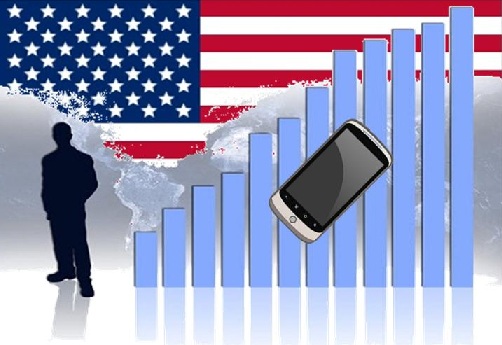 Retailer becomes more than mobile payments and e-commerce
Retailer becomes more than mobile payments and e-commerce
Acclaimed online retailer eBay has established a formidable presence in the mobile commerce sector. The company has been one of the strongest supporters of mobile payments and has made extraordinary efforts to encourage consumers to use their mobile devices to shop online and purchase products. As eBay continues to assimilate mobile payments, the company is beginning to consider itself as something more than a simple retailer: eBay is beginning to envision itself as commerce itself.
Executive suggests that eBay represents commerce itself
The company’s Europe vice president of marketing, Alexander von Schirmeister, recently spoke about the company’s role in the retail sector. According to Schirmeister, eBay has begun to trannscend the boundaries of e-commerce, partly due to the company’s strong focus on the mobile space. Mobile payments have helped eBay break into new markets and engage a new generation of consumers in a more dynamic fashion. According to Schirmeister, eBay “is not m-commerce or e-commerce, it’s commerce period.”
Fluid nature of company makes it accommodating to the needs of consumers
Schirmeister notes that eBay has become capable of adapting to the different ways that people shop and pay for products so effectively that they can no longer be considered a company with a specific focus in terms of commerce. In the past, eBay had only been capable of accommodating the needs of online shoppers that used traditional desktop computers. As mobile technology grew more prominent, however, the company began seeing a transition in the world of commerce and adjusted itself accordingly. This has allowed eBay to put more focus on mobile payments, which are quickly becoming more popular around the world.
Mobile payments can help close the gap between online and offline worlds
Because eBay has begun to see its role in the retail sector evolve, it has been making moves to close the gap between the online and offline worlds. Mobile payments are expected to help significantly in this endeavor, as they allow the retailer to engage mobile consumers in the physical world without severing their ties to the Internet.

 Consumers begin growing more interested in mobile commerce
Consumers begin growing more interested in mobile commerce